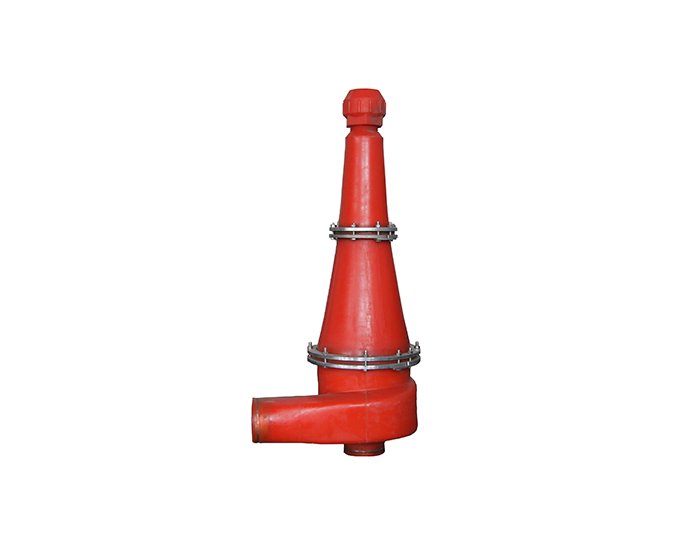The Dynamics of Drilling Cutting Screw Conveyor Prices
In the realm of industrial machinery, the drilling cutting screw conveyor plays a pivotal role in the transportation of bulk materials, particularly in sectors such as construction, mining, and agriculture. This equipment is designed to move materials efficiently through a helical screw, providing a reliable means to manage the often challenging environments of drilling sites. Understanding the pricing dynamics of drilling cutting screw conveyors is essential for businesses looking to invest in this key machinery, as several factors come into play.
Material Quality and Manufacturing Processes
One of the primary determinants of the price of drilling cutting screw conveyors is the quality of materials used in their construction. High-grade steel and other durable materials that withstand harsh drilling conditions generally command higher prices due to their longevity and reduced maintenance needs. Additionally, the manufacturing processes employed can significantly affect costs. State-of-the-art fabrication techniques, including automation and precision engineering, result in higher initial investments but can lead to lower operational costs over time due to improved efficiencies and reduced wear.
Customization and Design Complexity
Another significant factor influencing price is the level of customization required for specific applications. Standard screw conveyors may suffice for basic tasks, but many industries require tailored solutions that accommodate unique flow characteristics, material types, or space constraints. Customized designs often necessitate additional engineering and manufacturing effort, which can lead to increases in material and labor costs. Thus, businesses should weigh the benefits of custom solutions against their budget constraints.
Market Demand and Supply Chain Factors
drilling cutting screw conveyor price
The interplay of demand and supply in the market also significantly impacts pricing. In times of increased construction or mining activity, the demand for drilling cutting screw conveyors typically rises, leading to potential price hikes. Conversely, economic downturns can reduce demand and lead to lower prices. Additionally, supply chain issues, such as material shortages or transportation challenges, can further disrupt prices. Companies should stay informed about market trends and potential disruptions to make timely purchasing decisions.
Technological Innovations
Advancements in technology have significantly influenced the pricing landscape for drilling cutting screw conveyors. Innovations aimed at improving efficiency, reducing energy consumption, and enhancing safety can lead to variations in pricing. For instance, screw conveyors with integrated sensors for monitoring performance may come at a premium but could ultimately offer savings through optimized operation and minimized downtime. Therefore, businesses should consider the long-term benefits of investing in technologically advanced options against their upfront costs.
Maintenance Costs and Operational Efficiency
While the initial purchase price of a drilling cutting screw conveyor is important, the total cost of ownership should also be evaluated. Ongoing maintenance and operational costs can significantly influence the overall financial investment. High-quality conveyors that are easy to maintain may have a higher upfront cost but can lead to lower maintenance expenses and longer lifespans, making them more economical in the long run. Businesses should conduct a thorough cost-benefit analysis when selecting equipment to ensure they make the most fiscally responsible decision.
Conclusion
In conclusion, the price of drilling cutting screw conveyors is influenced by a myriad of factors, including material quality, customization, market dynamics, technological advancements, and maintenance considerations. To navigate this complex landscape successfully, businesses need to conduct thorough research, assess their specific needs, and consider the long-term implications of their investment. By doing so, they can ensure that they select the most appropriate and cost-effective solutions for their material handling requirements in the challenging environments of drilling and other applicable industries.
 Linear Motion Shale Shaker In Drilling Rig
Linear Motion Shale Shaker In Drilling Rig  Oilfield Mud Cleaner
Oilfield Mud Cleaner  Drilling Fluid Decanter Centrifuge
Drilling Fluid Decanter Centrifuge  Drilling Mud Desander
Drilling Mud Desander  Hydrocyclone Desilter
Hydrocyclone Desilter  Centrifugal Pump/Centrifugal Mud Pump
Centrifugal Pump/Centrifugal Mud Pump  Shear Pump
Shear Pump  Jet Mud Mixer
Jet Mud Mixer  Horizontal Mud Agitator
Horizontal Mud Agitator  Constant Pressure Drilling Fluid Mud Gas Separator
Constant Pressure Drilling Fluid Mud Gas Separator  Mud Gun
Mud Gun  Mud Tank
Mud Tank  Solids Control System Vacuum Degasser
Solids Control System Vacuum Degasser  Flare Ignition Device
Flare Ignition Device  Diesel Tank
Diesel Tank  Submersible Slurry Pump
Submersible Slurry Pump 





































